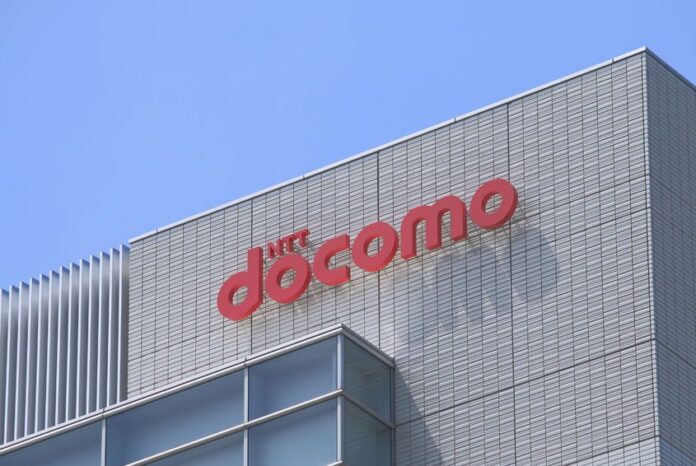Under the deal, the European vendor will provide its 5G NR hardware
Finnish vendor Nokia has signed an agreement with Japanese telco NTT Docomo for the provision of 5G equipment for the operator’s future commercial launch, which is scheduled for 2020.
Nokia will support NTT Docomo’s commercial operation in Japan by further enhancing existing baseband units and integrating its 5G New Radio (5G NR)-based AirScale hardware in the network.
Nokia has been working with the telco with supply agreements for 3G and 4G/LTE networking technology. The two companies have also worked closely together in trials of 5G technologies.
Under the terms of the agreement, Nokia will support the Japanese telco in the evolution of its network from 4G/LTE to 5G, providing technology based on the new 3GPP-compliant 5G NR standard.
“We have been collaborating with partners such as Nokia on various 5G technology and use case trials since 2014. With this agreement with Nokia, we are now proceeding to the next step to launch 5G mobile services by 2020, and accelerate co-creation of new services and businesses with vertical industry partners,” said Hiroshi Nakamura, executive vice president and CTO at NTT Docomo.
“The agreement with NTT Docomo is a major milestone in bringing 5G to commercial reality, especially in a country with a long and proud history of technological achievements and early technology adoption. Together we have worked hard in recent months to commence preparations for NTT Docomo’s eventual launch of its operational 5G service by 2020,” said Marc Rouanne, president of mobile networks at Nokia.
Nokia said it is currently involved in more than 50 customer trials of 5G technology around the world, ahead of expected commercial launches between 2019 and 2020.
In November last year, the Japanese telco announced the completion of what it claimed to be the world’s first outdoor trial of 5G mobile technologies for ultra-reliable low-latency communications (URLLC) using a 4.5 GHz system developed in collaboration with Chinese vendor Huawei.
NTT Docomo said the 5G trial simulated a realistic environment involving a stationary mobile terminal that received signals at distances of 0.8 to 1 km from the base station. Docmo said the trial achieved an over-the-air latency of less than 1ms with a packet transmission success rate of more than 99.999% –both prerequisites for URLLC under 3GPP and ITU-R standards.
Last month, Huawei and NTT Docomo have completed a joint field trial for 5G mobile communications over a long distance with 39 GHz millimeter wave (mmWave) band in Yokohama, Japan.
During the 5G trial, the downlink data transmissions were achieved at a maximum speed of more than 2 Gbps on a testing vehicle which was equipped with a user equipment equivalent to a mobile phone.
The two companies had also successfully completed high speed data transmission over a distance of 1.2km on the 28GHz millimeter wave spectrum. The field trial at Tokyo Skytree, in downtown Tokyo, achieved more than a 4.52Gbps downlink throughput and a 1.55Gbps uplink throughput with a coverage range of 1.2km.
For this 5G trial, Huawei supplied one of its 5G base stations which supports Massive MIMO and beamforming technologies as well as the 5G core network and 5G mmWave test user equipment used in the tests.

